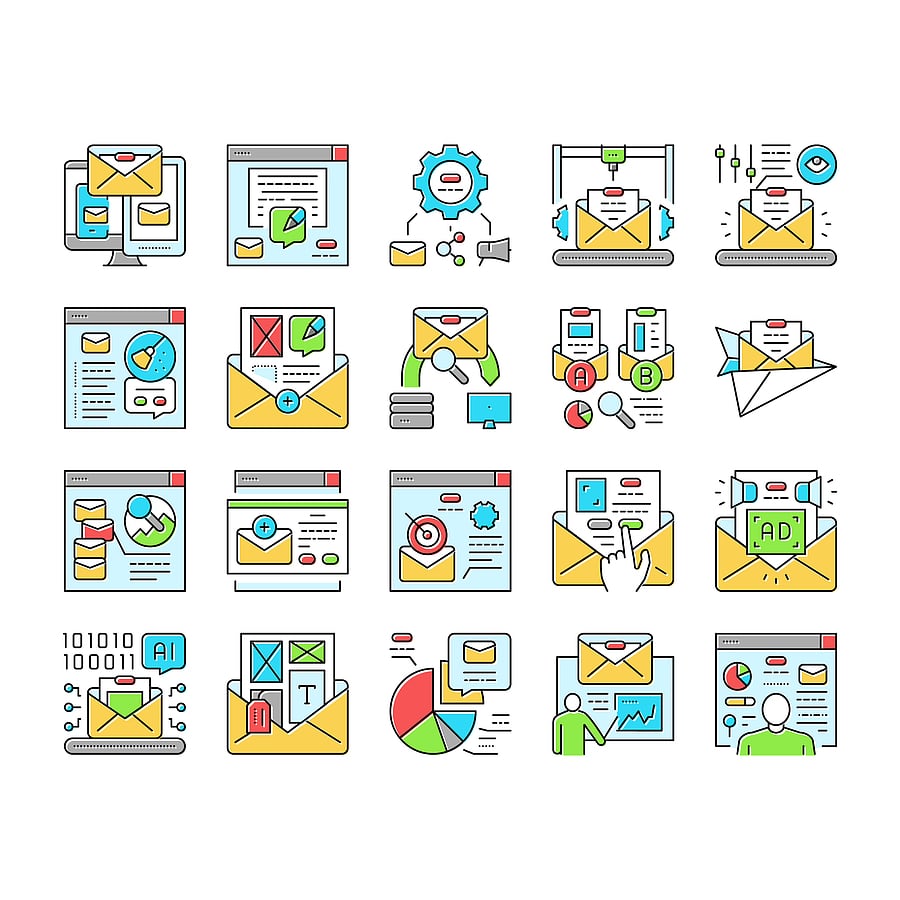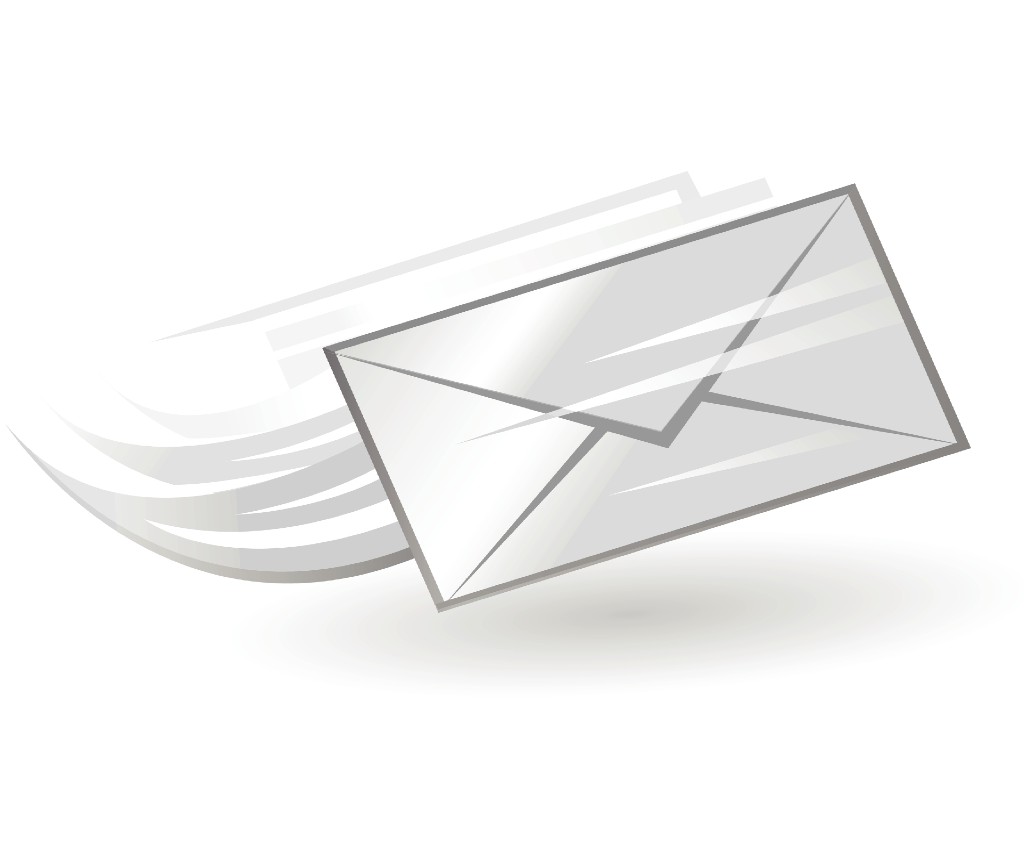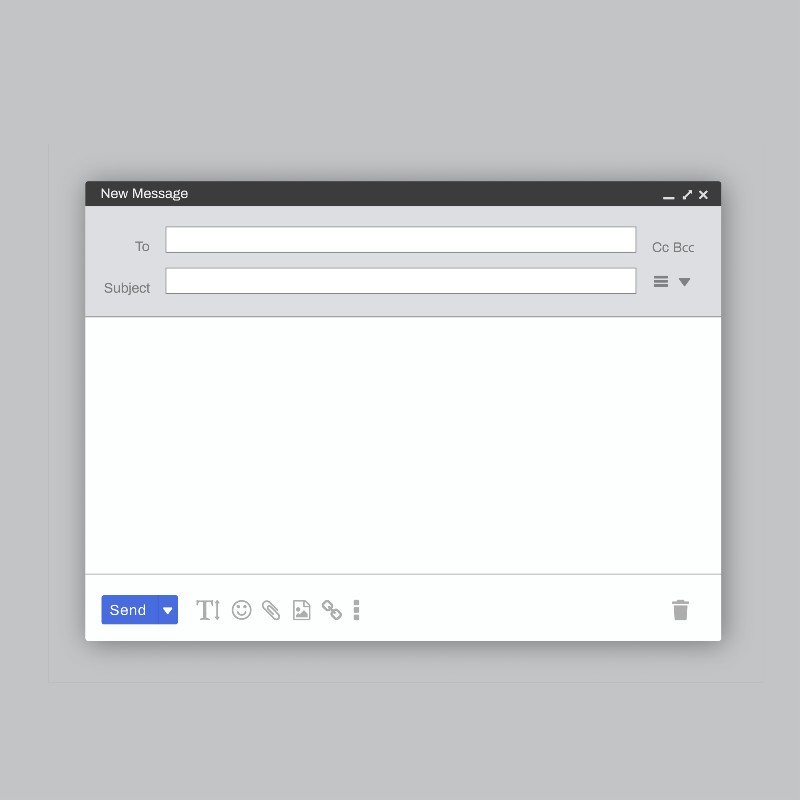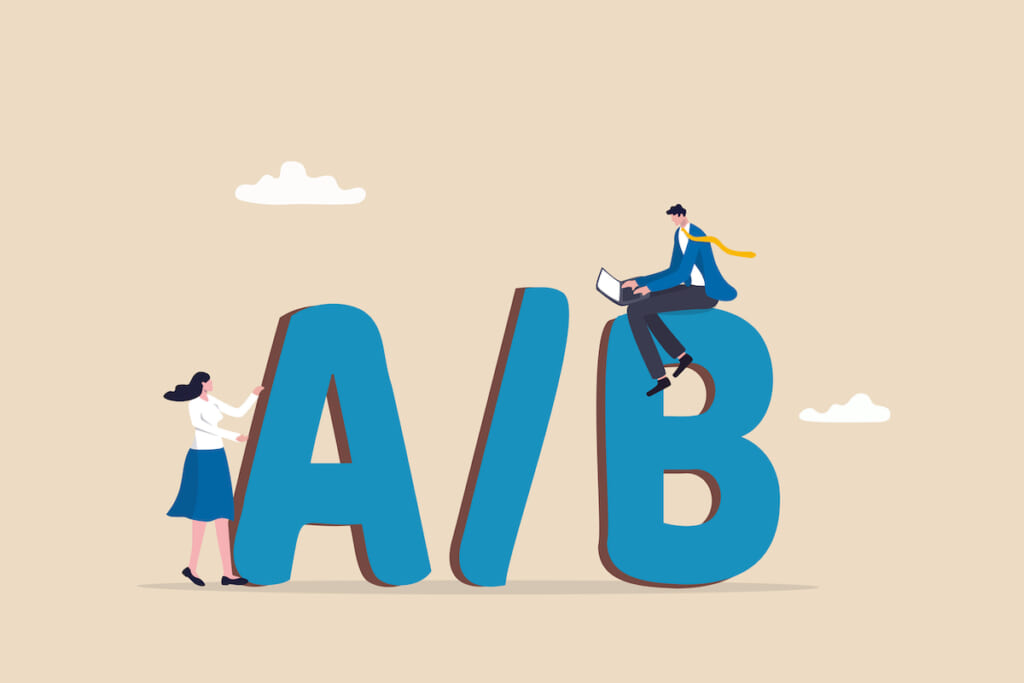Avoiding Common Email Marketing Mistakes
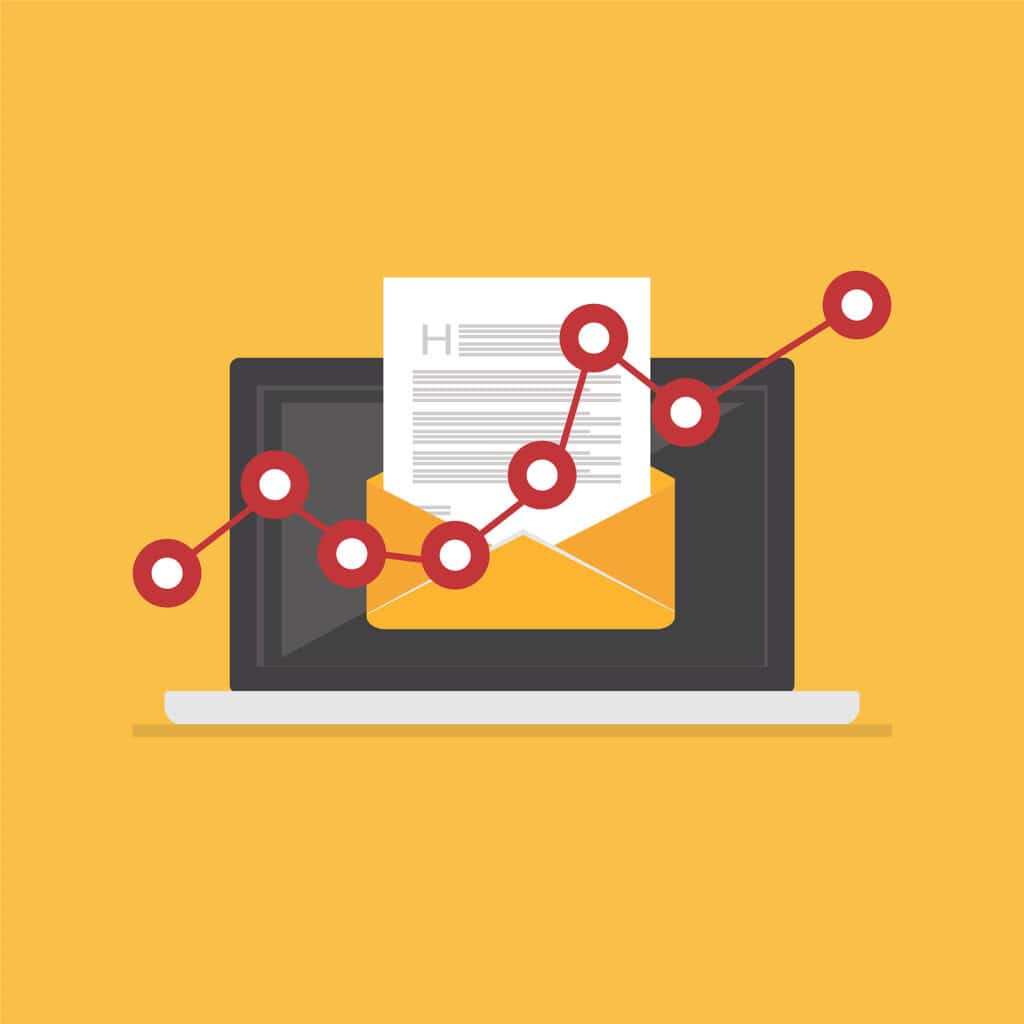
In the dynamic realm of digital marketing, email marketing remains a cornerstone for businesses to engage with their audience, foster relationships, and drive conversions. However, despite its effectiveness, beginners often find themselves entangled in common email marketing mistakes that can hinder the success of their campaigns.
In this blog the experts will discuss the world of email marketing – dissecting the most prevalent mistakes and providing actionable insights to help beginners navigate this intricate landscape successfully.
Understanding the Importance of Email Marketing
Before we dissect the mistakes it is essential to really grasp the significance of email marketing when it comes to the business landscape. Email marketing serves as a direct line of communication with potential and existing customers. It allows businesses to deliver personalized messages, promote products or services, and nurture leads; all within the confines of a recipient’s inbox. The cost-effectiveness, high ROI (Return on Investment), and ability to target specific audience segments make email marketing an invaluable tool for businesses of all sizes – regardless of your industry or niche!
Common Email Marketing Mistakes: A Closer Look
1. Neglecting List Segmentation: One of the most common mistakes beginners make is sending generic emails to their entire subscriber list. Effective email marketing requires segmentation, wherein the audience is divided into specific groups based on demographics, behaviors, or preferences. This means that by tailoring content to smaller, targeted segments, businesses can significantly increase engagement and conversion rates.
2. Overlooking Mobile Optimization: In an age dominated by smartphones, overlooking mobile optimization is a cardinal sin in email marketing. A significant portion of emails is opened on mobile devices. Therefore, it is imperative that email templates are responsive- which ensures seamless viewing and interaction across various screen sizes. Failure to do so leads to distorted layouts and frustrated recipients, resulting in reduced engagement.
3. Ignoring Personalization: Personalization is the key to forging meaningful connections with subscribers. Addressing recipients by their names and delivering content tailored to their interests significantly enhances engagement. Yet, many beginners miss this crucial aspect, sending generic, one-size-fits-all emails that fail to resonate with their audience. Personalization tools and data-driven insights can help businesses create targeted and relevant content.
4. Neglecting A/B Testing: A/B testing, or split testing, is a fundamental practice in email marketing that involves sending two versions of an email to different segments of your audience to determine which performs better. This can include variations in subject lines, content, or call-to-action buttons. Beginners often overlook this valuable technique, missing out on valuable insights that could optimize their future campaigns and prevent common email marketing mistakes.
5. Ignoring Email Analytics: Email marketing platforms offer a wealth of analytics, including open rates, click-through rates, bounce rates, and conversion rates. Ignoring these metrics is a significant mistake- this is because analyzing these data points provides invaluable insights into the effectiveness of campaigns, allowing businesses to refine their strategies, target specific pain points, and enhance overall performance.
6. Frequent Sending without Value: Bombarding subscribers with a barrage of emails lacking substantial value is a surefire way to lose their interest and trust. Beginners often make the mistake of focusing solely on quantity rather than quality. Sending fewer, high-quality emails that offer value, whether in the form of informative content, exclusive offers, or personalized recommendations, fosters a sense of anticipation and keeps subscribers engaged.
7. Disregarding Compliance and Regulations: Email marketing is not just about creativity and engagement; it also involves adhering to legal regulations such as the CAN-SPAM Act. Beginners sometimes overlook compliance requirements, including providing recipients with an option to unsubscribe and including a physical address in the email.
Actionable Strategies for Success

Now that we’ve identified these common mistakes, it’s crucial to outline actionable strategies for beginners to avoid these pitfalls and maximize the effectiveness of their email marketing campaigns.
1. Build a Quality Email List: Focus on building an organic, opt-in email list composed of individuals genuinely interested in your products or services. Avoid purchasing email lists, as they often lead to high bounce rates and low engagement.
2. Segment Your Audience: Invest time in understanding your audience and segment them based on demographics, location, purchase history, or engagement level. Tailor your content to each segment’s preferences and behaviors, increasing the likelihood of positive responses.
3. Prioritize Mobile Responsiveness: Ensure that your email templates are mobile-responsive, providing a seamless experience across various devices. Test your emails on different platforms to guarantee optimal display and functionality.
4. Embrace Personalization: Leverage data to personalize your emails. Include recipients’ names, recommend products based on their past purchases, and create content that resonates with their interests. Personalized emails generate higher open and conversion rates.
5. Implement A/B Testing: Regularly conduct A/B tests to optimize your email campaigns. Test different subject lines, email formats, visuals, and calls to action to determine what resonates best with your audience. Use the insights to refine your future campaigns.
6. Monitor and Analyze Metrics: Regularly monitor your email marketing metrics. Pay attention to open rates, click-through rates, and conversion rates- this means to be sure you analyze the data to identify trends and areas for improvement, allowing you to adjust your strategies accordingly.
7. Provide Value in Every Email: Every email you send should offer value to your subscribers. Whether it’s informative content, exclusive discounts, or insider tips, provide something that makes recipients look forward to your emails. Delivering consistent value builds trust and keeps your audience engaged.
8. Stay Compliant: Familiarize yourself with email marketing regulations, including the CAN-SPAM Act in the United States and GDPR in Europe. Ensure your emails contain a clear unsubscribe option, a valid physical address, and that you honor unsubscribe requests promptly.
Ultimately, in the intricate world of email marketing, avoiding common mistakes is pivotal for success. You can do so with ease- by understanding the pitfalls, implementing actionable strategies, and staying attuned to your audience’s needs, beginners can transform their email campaigns from mundane to magnificent. It is important to also note that at Internet Marketing Geeks, email marketing is not just about sending messages- it’s about building relationships, fostering trust, and delivering value. With careful planning of your digital marketing strategy, continuous learning, and a customer-centric approach, beginners can harness the full potential of email marketing- all while helping to drive engagement, conversions, and long-term customer loyalty.

